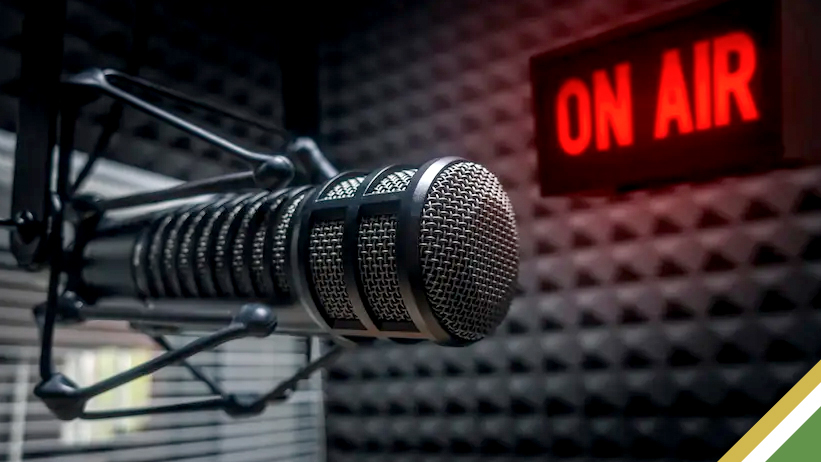In a bid to adapt to evolving consumer preferences and maximize revenue potential, the Jamaica Music Society (JAMMS) has been urging local music producers to consider crafting more radio-friendly edits of their productions. This initiative, spearheaded by JAMMS General Manager Evon Mullings, aims to address the challenges posed by the changing landscape of radio broadcasting, particularly in light of the latest enforcement by the Broadcasting Commission of Jamaica (BCJ), which sees songs glorifying speeding and reckless driving added to the list of banned content.
Amidst JAMMS’ push for radio-friendly edits, stakeholders within the Jamaican entertainment industry raise a valid counterargument, citing there’s almost no need for radio edits as the broader decline in radio listenership is attributed to the proliferation of digital streaming platforms and personalized music services, which offer more creative freedom. The rise of smartphones, internet accessibility, and smart speakers has facilitated the widespread adoption of streaming services such as Spotify, YouTube, Apple Music, and podcasts, offering listeners greater control and diversity in their auditory experience.
According to the 2023 Jamaican All Media Survey conducted by Market Research Limited (MRSL), the radio consumption trends in Jamaica are changing. The survey shows that radio listenership has decreased significantly by 10%, resulting in a loss of 89,000 listeners between 2020 and 2023. The overall radio audience has also decreased from 885,000 in 2020 to 796,000 in 2023, which represents only 28.17% of Jamaica’s total population (2,825,352) as of 2023.
Despite the overall decrease in listenership, the Jamaican radio scene has witnessed increased competitiveness since 2012, with over 42 radio stations broadcasting across the frequency spectrum. Amid a highly competitive industry, Irie FM, a station focusing on music and culture, has emerged as a dominant player, with an impressive market share of 23.4%. However, most listeners are concentrated among the top ten radio stations, which collectively hold 87% of the total market share. This leaves only 13% for the remaining 32 stations to compete for.
While JAMMS advocates for radio-friendly edits as a means to navigate regulatory constraints and maximize revenue, the broader industry context suggests that the decline of radio as a primary music consumption platform is driven by larger shifts in consumer behaviour. As stakeholders navigate these changes, finding a balance between traditional broadcasting norms and emerging digital trends becomes imperative for sustaining the vibrancy of Jamaica’s music industry in an increasingly interconnected global landscape.













